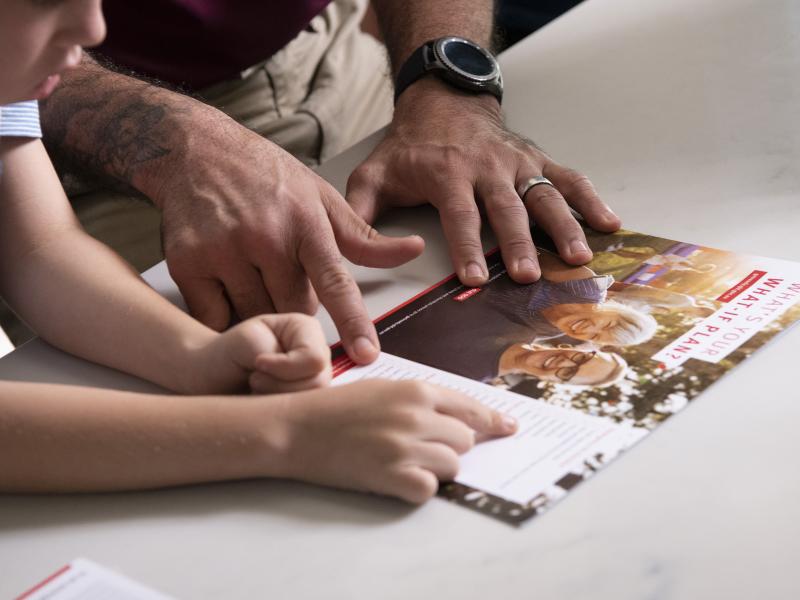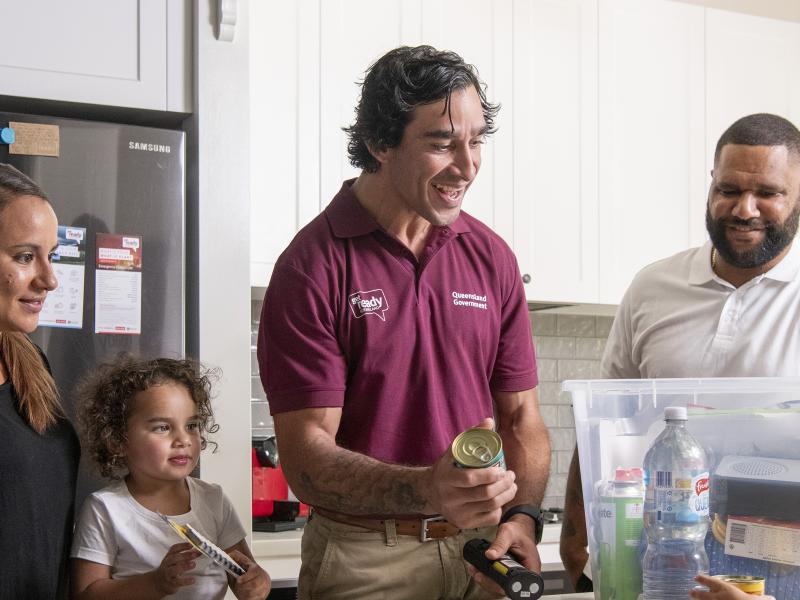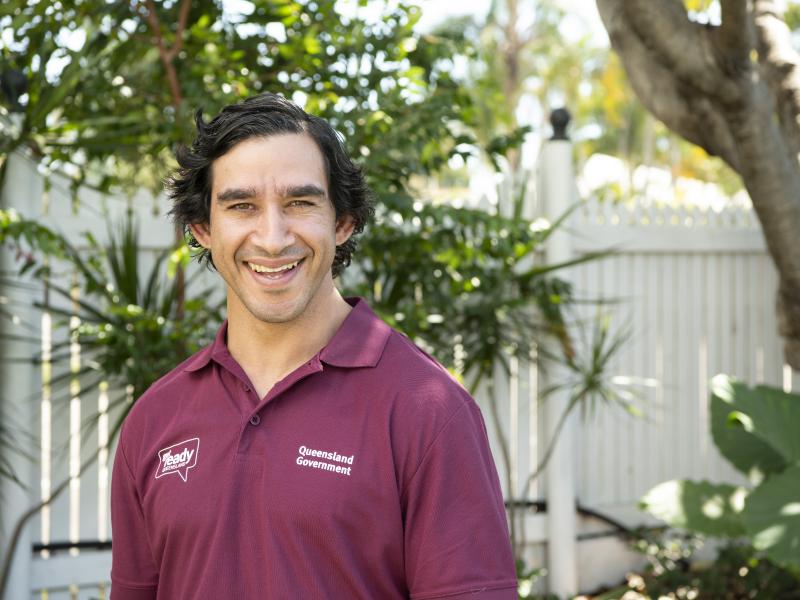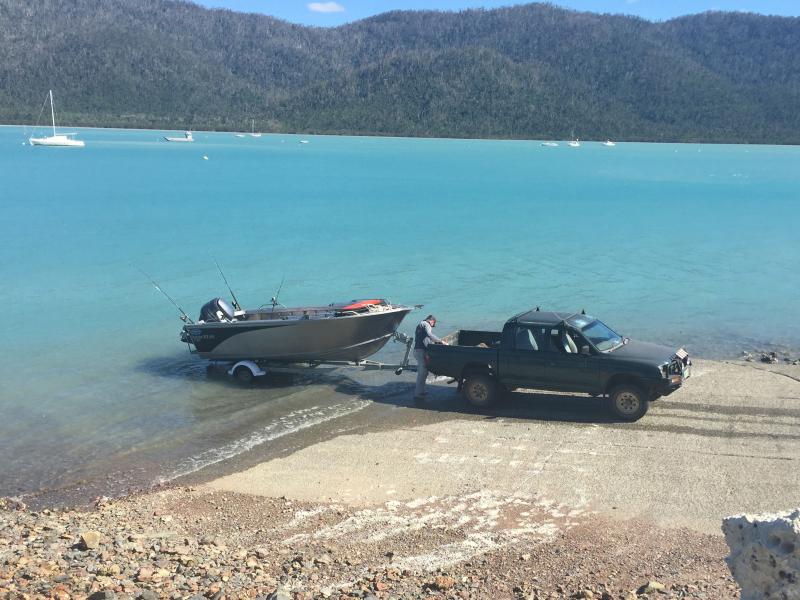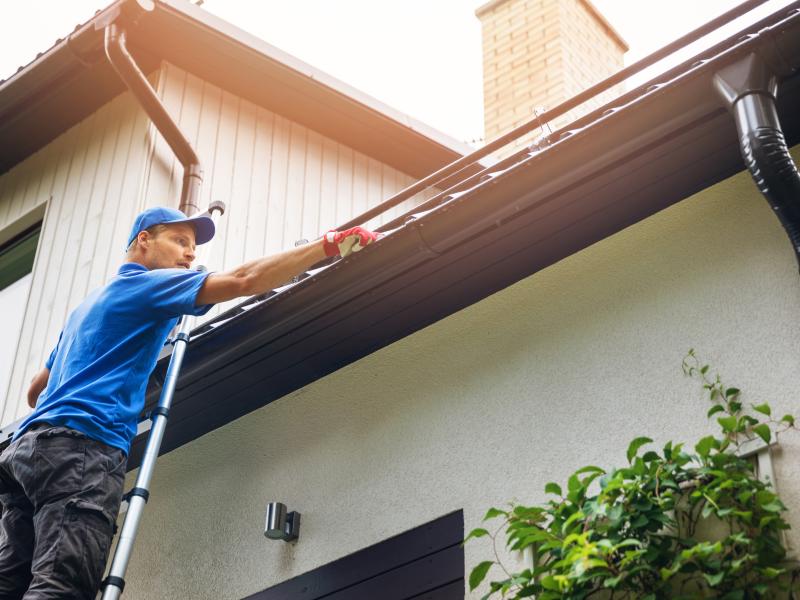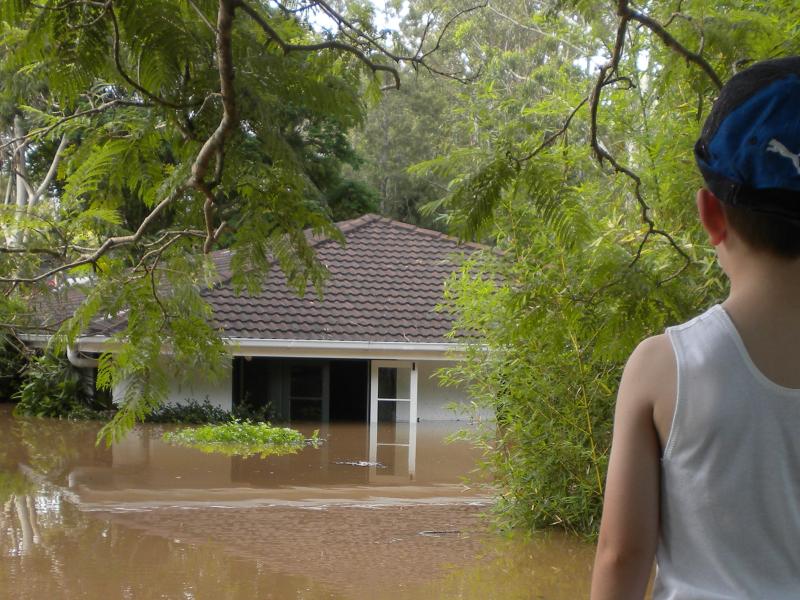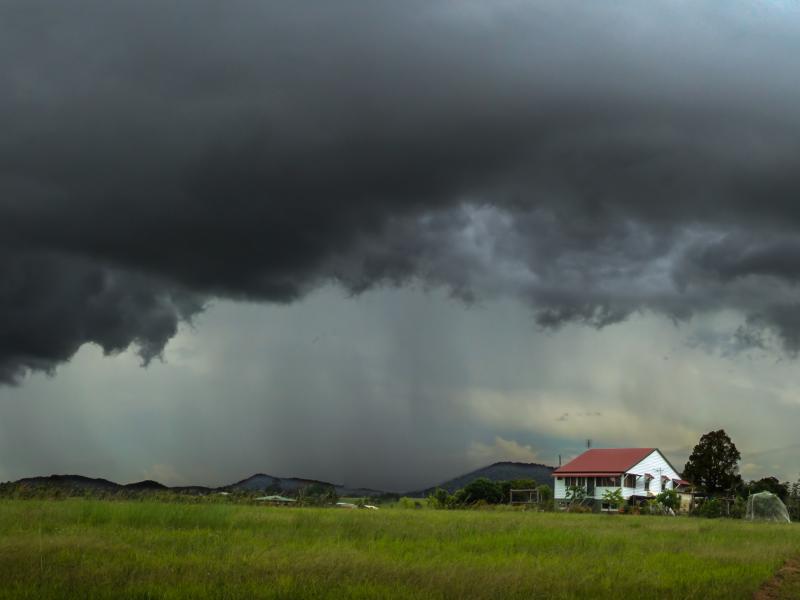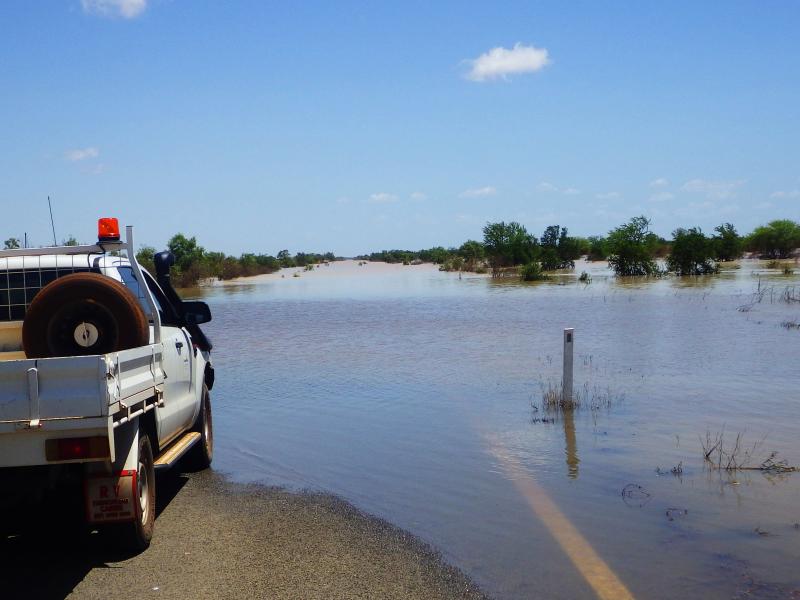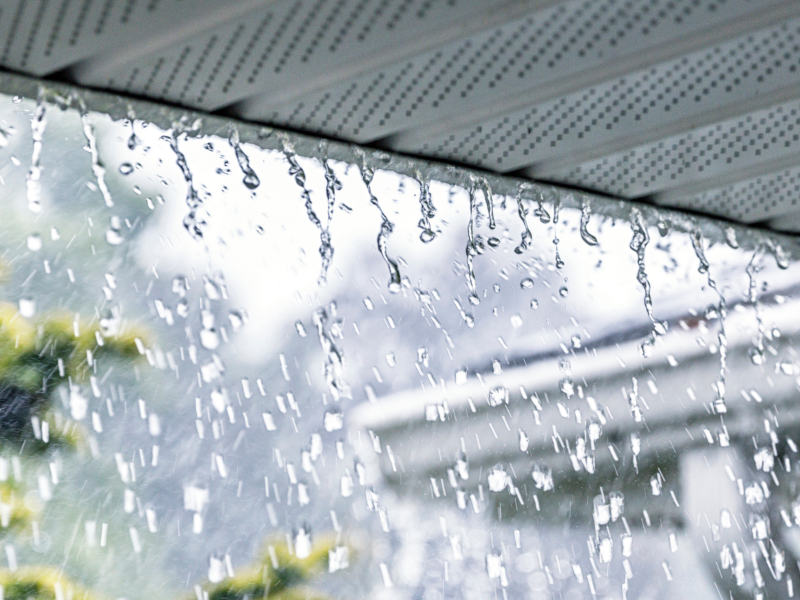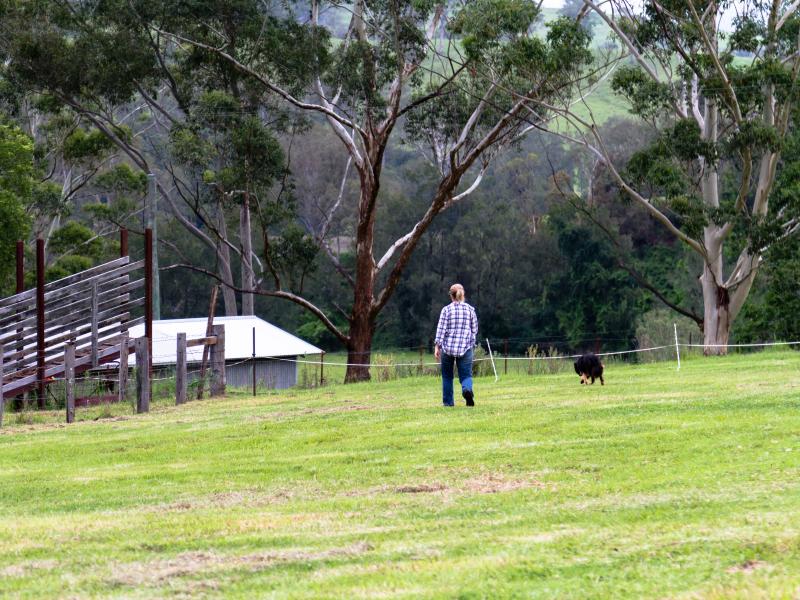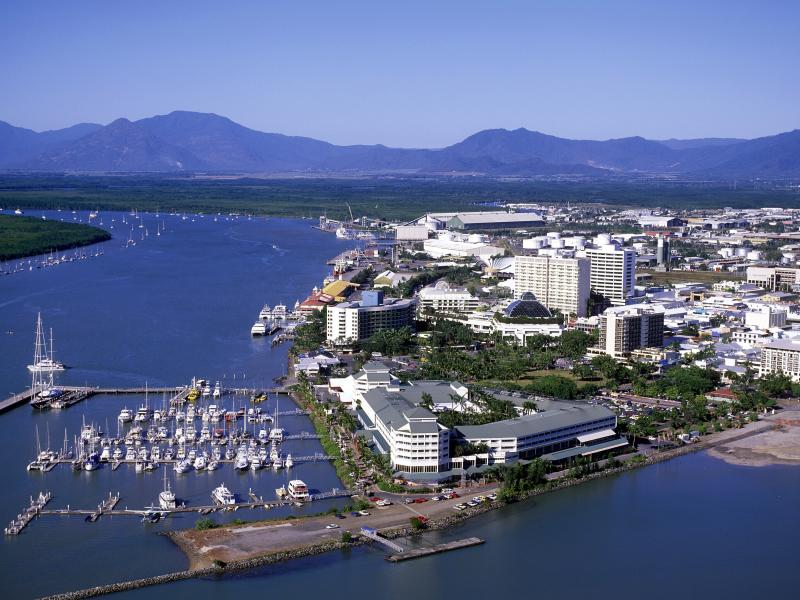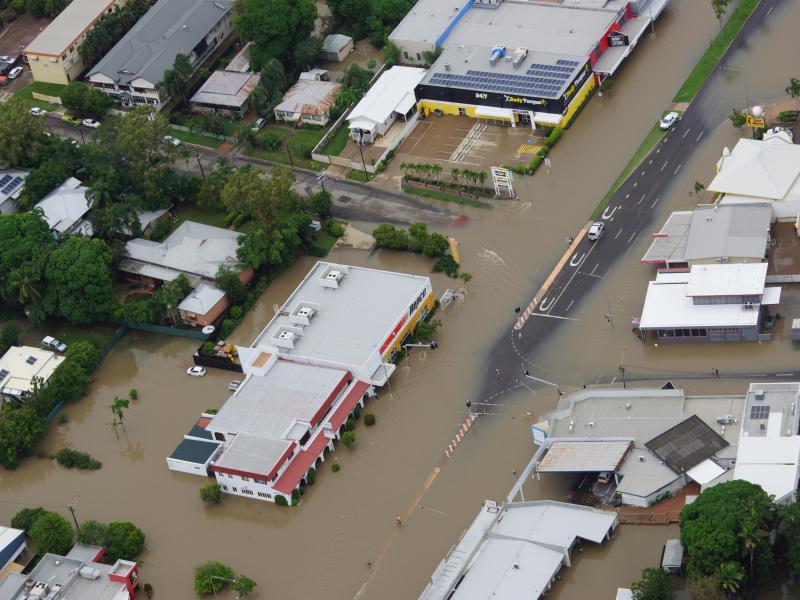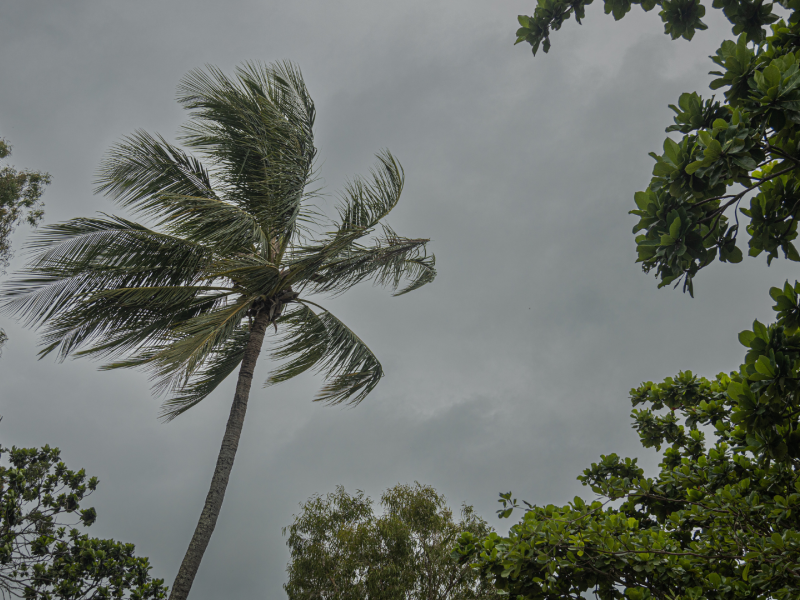Storms or thunderstorms can be unpredictable and can occur with little warning, which is why it is important to understand your risk and have a plan in place to help reduce its effects on you, your family, home and business.
What is a storm?
Storms can comprise of heavy rainfall and flash flooding, damaging winds, lightning strikes and hail. Storms can last many hours and travel long distances, potentially causing considerable damage to homes and vehicles, and causing loss of power, isolation and flash flooding.
According to the Bureau of Meteorology, severe storms are likely to produce any of the following:
- large hail measuring more than 2cm in diameter
- damaging or destructive wind gusts
- heavy rainfall which may cause flash flooding
- tornadoes
Severe thunderstorms can be quite localised and can develop quickly. The exact location of severe thunderstorms can be hard to predict. As it is difficult to forecast the precise location and movement of severe storms before they have started to develop, detailed warnings will generally be provided once they have been observed or detected. The detailed warnings are usually issued without much lead-time before the event.
What is a severe thunderstorm?
Damage and impact
Storms have potential to cause substantial damage to homes and vehicles caused by heavy winds and large hail. They can damage significant structures such as powerlines, trees and other large objects that can be collected by large winds.
In coastal areas, large wind waves can lead to coastal erosion and flooding.
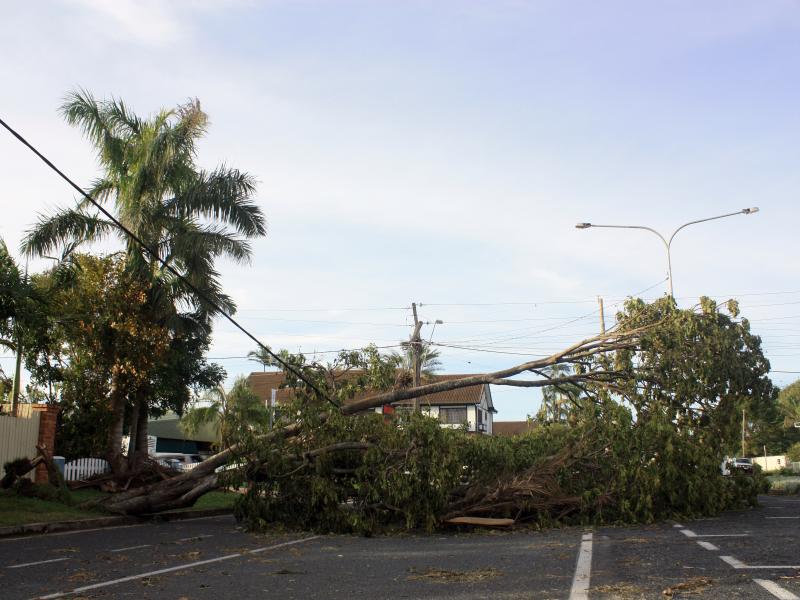
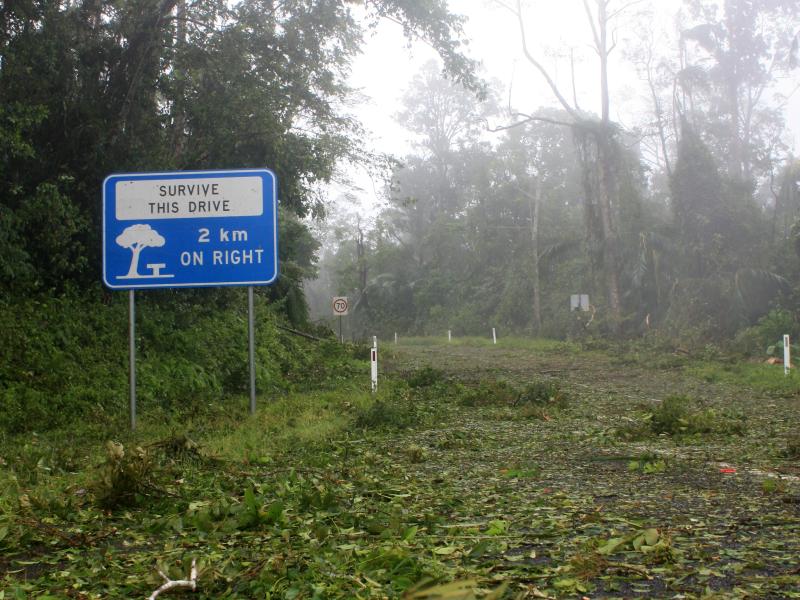
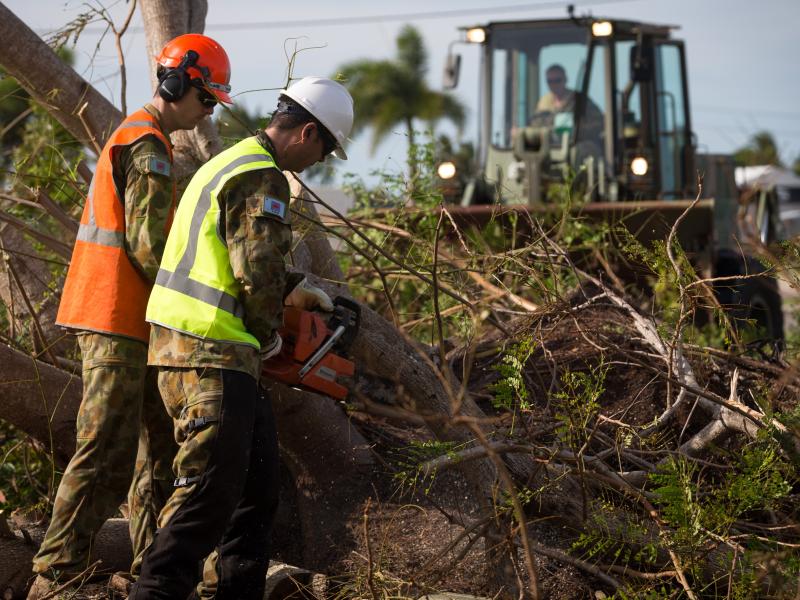
Steps to reduce the impact of severe storms
Take the following steps to reduce the impact of severe storms.
Find out more and Get Ready
Check out these other pages and resources to help you Get Ready.

